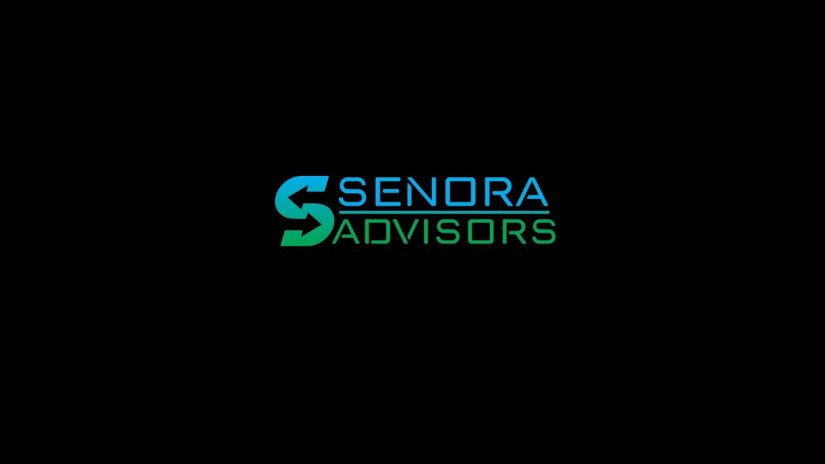
**Assessing the Safety of Your Retirement Amidst Today’s Economic Climate: Perspectives from Dr. Karsten Jeske (Big ERN)**
In the past few years, the worries surrounding retirement safety have become increasingly evident. With persistent global economic uncertainty, rising inflation, and erratic equity markets, many individuals are questioning the safety of their savings. To shed light on this complex situation, we seek insights from a prominent authority in the personal finance and early retirement (FIRE) arena: Dr. Karsten Jeske, known as “Big ERN” from his well-regarded blog *Early Retirement Now*.
Dr. Jeske, a former economist at the Federal Reserve, is a specialist in quantitative finance. His profound grasp of economics and data-driven investment practices has earned him esteem in the realm of retirement planning, particularly within the Financial Independence/Retire Early (FIRE) movement. This article will delve into his methodology for assessing retirement security in today’s increasingly unstable economic landscape.
### An Evolving Economic Environment
Recently, retirees and those preparing for retirement have encountered a mixture of economic threats. Heightened inflation, unpredictable stock markets, and historically low bond yields have conspired to challenge conventional retirement strategies. Let’s examine these issues more closely:
– **Inflation:** Following a prolonged phase of relatively stable inflation, the aftermath of the pandemic has ushered in considerable price increases across numerous sectors. As inflation diminishes purchasing power, retirees—often dependent on fixed incomes or defined contribution plans—might witness a quicker erosion of their living standards than they had expected.
– **Market Volatility:** The recent fluctuations in equity markets, influenced by patterns of pandemic recovery, geopolitical tensions (such as the Russia-Ukraine situation), and overarching macroeconomic uncertainties, have introduced significant anxiety into retiree portfolios. The risk of sequence of returns—specifically, the danger of enduring poor market returns early in retirement—has emerged as a critical concern for those aiming to safeguard their savings.
– **Low Interest Rates:** For an extended period, retirees depended on bonds and fixed-income assets to produce steady, reliable returns. However, years of persistently low interest rates, augmented by recent Federal Reserve rate hikes aimed at curbing inflation, have sparked worries regarding the future efficacy of traditional “safe” investments like bonds.
Given these hurdles, assessing your retirement’s safety in today’s economy necessitates a thoughtful and flexible approach. This is where Big ERN’s framework proves to be essential.
### The Safe Withdrawal Rate: A Fundamental Principle
At the heart of Big ERN’s philosophy lies the concept of the “safe withdrawal rate” (SWR). Commonly defined, the SWR denotes the portion of one’s portfolio that can be withdrawn annually, adjusted for inflation, ensuring that retirees do not deplete their savings. The broadly accepted 4% rule, popularized by the Trinity Study, posits that retirees can withdraw 4% of their investment portfolio each year throughout a 30-year retirement.
Nevertheless, Dr. Jeske’s research frequently illustrates that the 4% rule may not serve as a universal guideline for every retiree, particularly in today’s climate. His Monte Carlo simulations and analysis of sequence of returns risk indicate that a retirement portfolio’s success is significantly influenced by withdrawal timing and market conditions during the early years of retirement.
### Understanding Sequence of Returns Risk
One of Big ERN’s main critiques of the 4% rule is its relative lack of emphasis on the hazards of **sequence of returns risk (SORR)**. In essence, SORR highlights the fact that the sequence in which investment returns materialize can greatly affect portfolio sustainability, particularly in the early retirement years. Should a retiree face subpar market performance during the first few years of retirement while simultaneously drawing funds, the portfolio may undergo an accelerated depletion leading to early exhaustion.
To mitigate this risk, Dr. Jeske recommends adopting a more conservative withdrawal strategy, especially when entering retirement amidst heightened market volatility or inflated asset valuations. He thoroughly investigates historical data to advise retirees to consider withdrawal rates in the range of 3.25% to 3.5%, especially in light of current economic uncertainties. This more cautious strategy presumes that forthcoming market returns may not reach the highs of past decades, especially considering the variances in bond yields and stock market performance.
### The Importance of Flexible Withdrawals
A key lesson from Big ERN’s work is the significance of **flexibility**. A rigid strategy of withdrawing a fixed percentage each year, regardless of market conditions, may prove inadequate. Instead, Dr. Jeske promotes **dynamic withdrawal strategies** that accommodate market situations.
For example, during periods of strong market performance, retirees may find it feasible to safely raise their withdrawals beyond the initially intended percentage. Conversely, during market downturns, minimizing withdrawals—potentially deferring non-essential expenditures—could afford the portfolio a chance to recuperate and prolong its viability.
### Inflation as a Long
